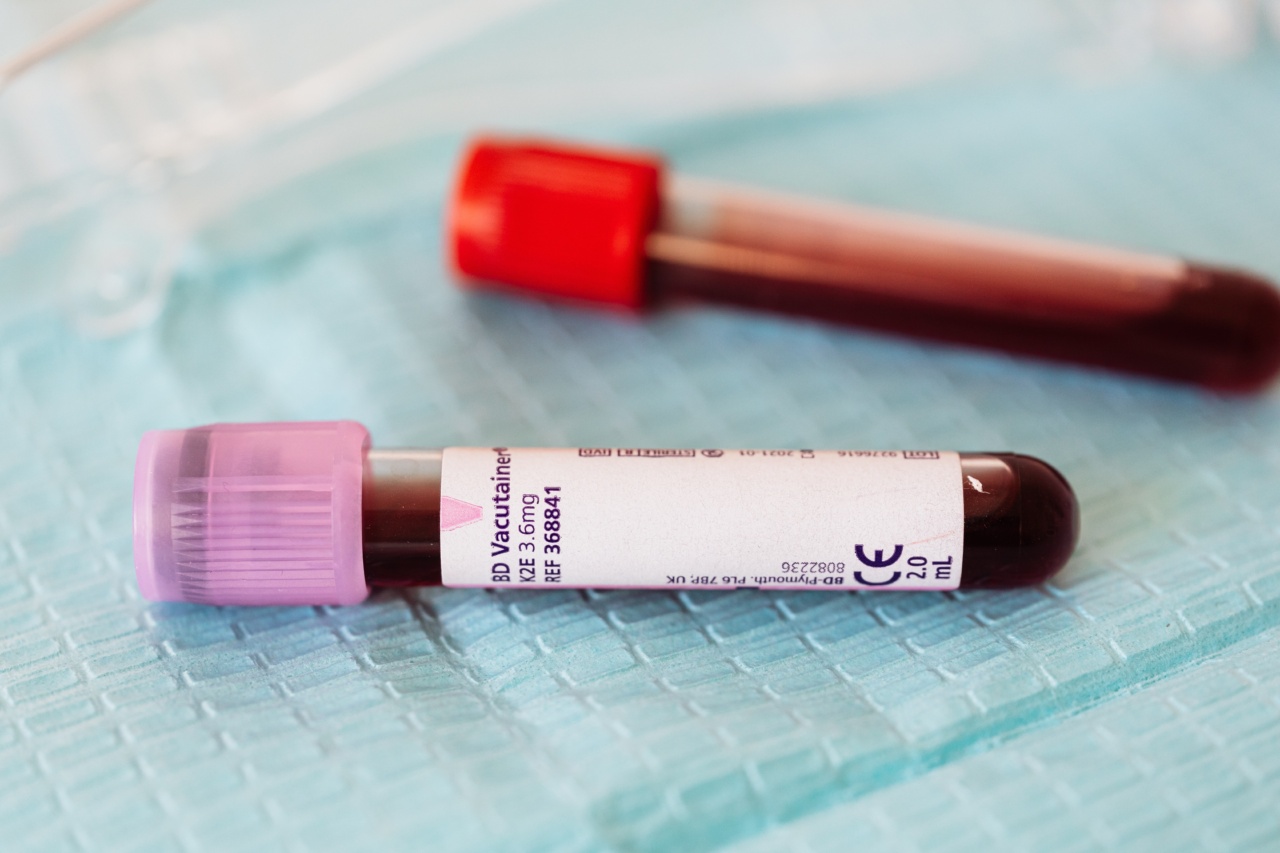Chronic Venous Disease (CVD) encompasses a range of conditions that affect the veins in the lower extremities.
It is a progressive disorder that is characterized by venous insufficiency, which refers to the inability of the veins to efficiently return blood flow from the legs back to the heart. This can result in a variety of symptoms and complications, including leg pain, swelling, varicose veins, and in severe cases, venous ulcers.
Understanding the Pathophysiology of CVD
The underlying cause of chronic venous disease is venous reflux, also known as chronic venous insufficiency. This occurs when the valves in the veins become damaged or weak, leading to the backflow of blood and increased pressure in the veins.
Over time, the increased pressure causes the veins to dilate and become tortuous, leading to the characteristic symptoms and appearances associated with CVD.
Epidemiology and Risk Factors
Chronic venous disease is a common condition, affecting approximately 20-25% of adults worldwide. The prevalence increases with age, with studies suggesting that up to 50% of individuals over the age of 50 may have some form of CVD.
There are several risk factors associated with the development of chronic venous disease, including a family history of the condition, obesity, pregnancy, prolonged standing or sitting, and a history of deep vein thrombosis.
Clinical Presentation and Classification
The clinical presentation of chronic venous disease can vary widely, but common symptoms include leg pain, aching or heaviness, leg cramps, itching, and swelling.
Physical examination may reveal the presence of varicose veins, edema, hyperpigmentation, and in severe cases, venous ulcers.
To facilitate communication and appropriate management, chronic venous disease is often classified according to clinical severity using the CEAP classification system, which categorizes the disease based on clinical findings and anatomical involvement.
Diagnosis of Chronic Venous Disease
The diagnosis of chronic venous disease is primarily based on clinical evaluation and relies on a combination of patient history, physical examination, and non-invasive diagnostic tests.
Duplex ultrasound is the most commonly used imaging modality, allowing for visualization of the venous anatomy, assessment of venous reflux, and identification of any deep vein thrombosis. Additional tests, such as venous plethysmography or venography, may be required in more complex cases.
Management of Chronic Venous Disease
The management of chronic venous disease aims to relieve symptoms, prevent complications, and improve quality of life.
Conservative measures form the basis of therapy and include lifestyle modifications, such as regular exercise, weight loss, and elevation of the legs. Compression therapy, through the use of compression stockings, is also a crucial component in managing symptoms and preventing disease progression.
Minimally Invasive Treatment Options
In cases where conservative measures are insufficient or if complications arise, various minimally invasive treatment options are available to address chronic venous disease.
Endovenous ablation techniques, such as radiofrequency ablation or endovenous laser therapy, are commonly performed procedures that can effectively treat venous reflux. Sclerotherapy, both liquid and foam forms, can be used to target smaller varicose veins. These interventions are typically performed on an outpatient basis with minimal discomfort and rapid recovery.
Surgical Intervention for Chronic Venous Disease
Surgical intervention may be necessary for severe cases of chronic venous disease or when minimally invasive treatments have failed. Surgical procedures, such as vein ligation and stripping, are aimed at removing or ligating the affected veins.
While these techniques have been used for many years, they are now less commonly performed due to the availability of less invasive alternatives.
Novel Therapies and Future Directions
Ongoing research is paving the way for new treatment options for chronic venous disease.
Catheter-based interventions, such as venous stenting or venous recanalization, are being explored as potential alternatives for patients with more extensive disease. Additionally, advancements in pharmacological interventions, such as the use of venoactive drugs or novel sclerosants, hold promise for improving outcomes in the management of chronic venous disease.
Prevention and Long-Term Outlook
Prevention plays a significant role in managing chronic venous disease. Encouraging patients to adopt a healthy lifestyle, including regular exercise and weight management, can help reduce the risk of developing CVD.
Early detection and prompt treatment of venous reflux can also contribute to improved long-term outcomes. By implementing a comprehensive approach that combines lifestyle modifications, conservative measures, and timely interventions, healthcare professionals can effectively manage chronic venous disease and optimize patient outcomes.





























